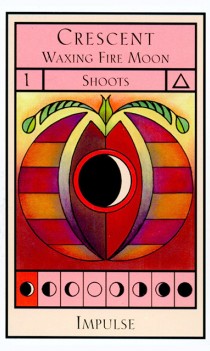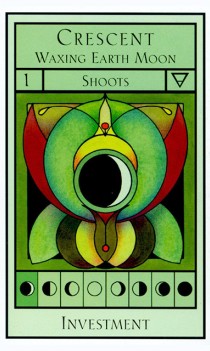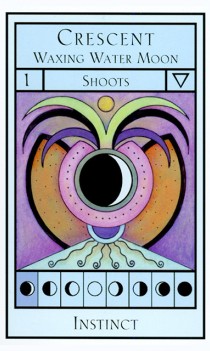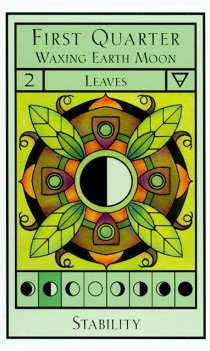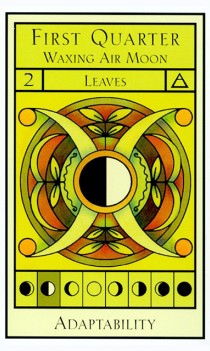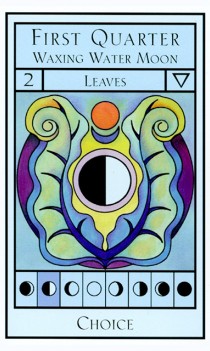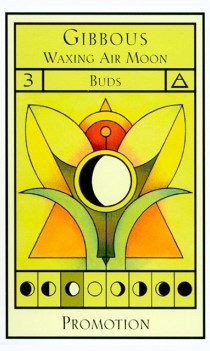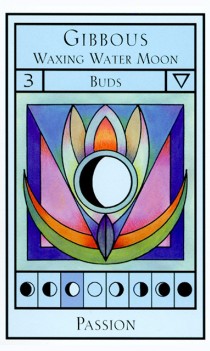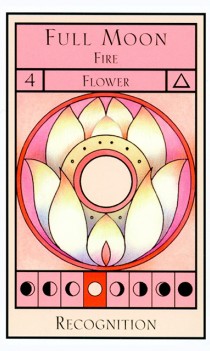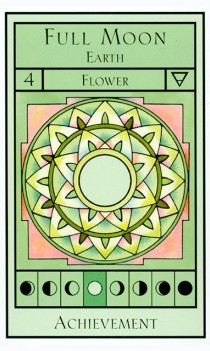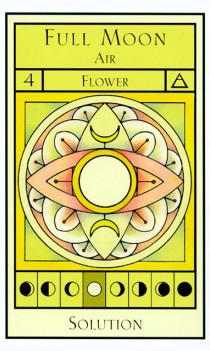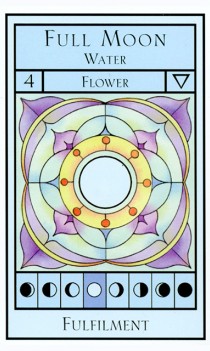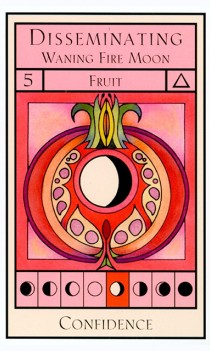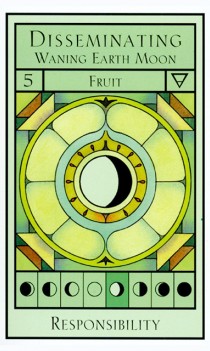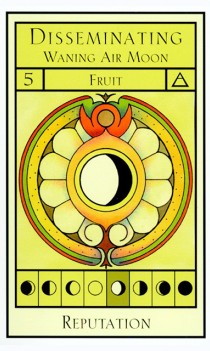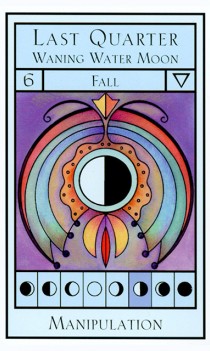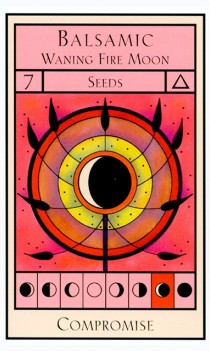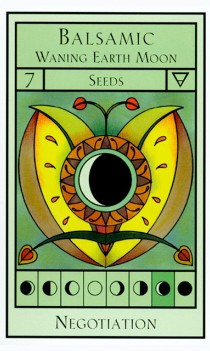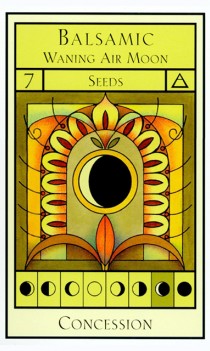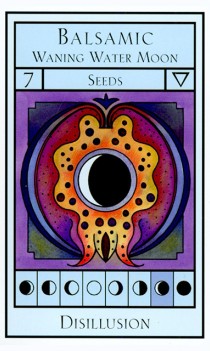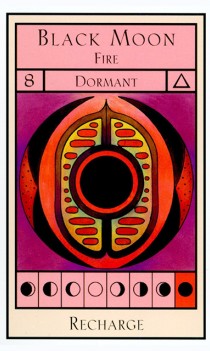The Lunar Mansions
The lunar mansions feature in the astrology of many parts of the globe. It is the author's opinion that they developed from the earliest astrology which was Moon rather than Sun based. There is evidence that the astrology of Babylon and Egypt was Moon orientated and even in Roman times the Emperor Augustus used not his Sunsign but his Moonsign, Capricorn, on his coinage. The journey of the Moon around the 360 degrees of the Zodiac was an important part of early astrology and there is new interest in these divisions, which approximate the moon's daily period through 28 segments of the zodiac during a lunar month. As the zodiac circle is 360 degrees each mansion of the moon covers 12 degrees 52 minutes of the wheel. See the illustration below.
 The 28 lunar Mansions
The 28 lunar Mansions
The inner ring shows the 12 signs of the zodiac
The middle ring shows the 3 decanates in each sign with their ruling planets
The outer ring shows the 28 Lunar Mansions.
Traditionally each zodiac sign is divided into three decanates of ten degrees. Each decanate is ruled by the planets of the three signs of the element concerned. For example in the sign of Aries the first decanate is ruled by Aries itself and the planet Mars. The second decanate is ruled by Leo and the Sun. The third decanate by Sagittarius and the planet Jupiter. Each of the mansions takes on the qualities of the zodiac signs and the planetary rulers of these decanates and signs that they pass through. Most carry the natures of two signs combined. The meanings of each mansion are defined by the astrology.
Whatever phase the Moon is in, it is also in one of the mansions. This combination of Moonphase and Moon Mansion gives us the multitude of meanings that are possible in any reading.



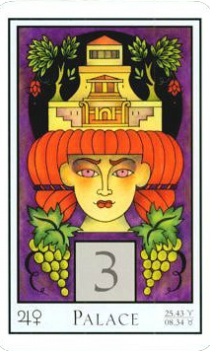
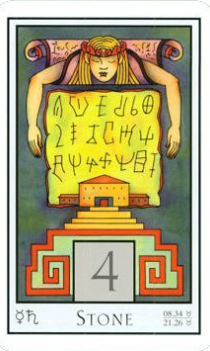
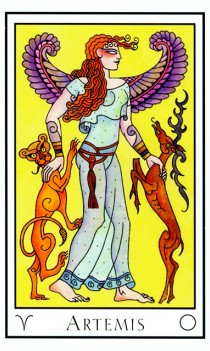

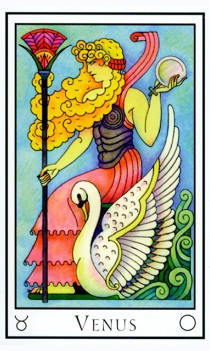

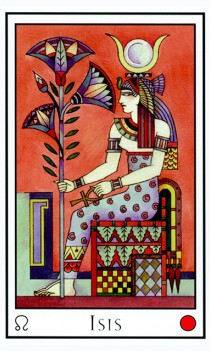
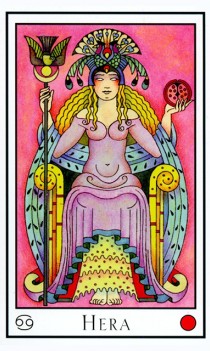
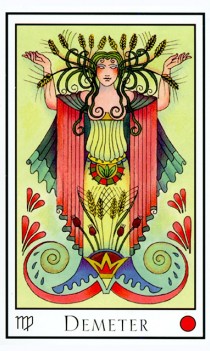
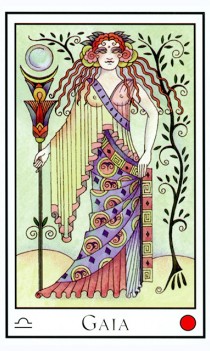
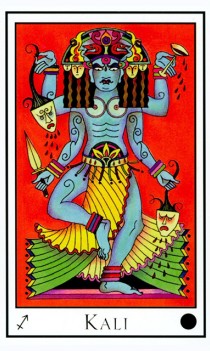

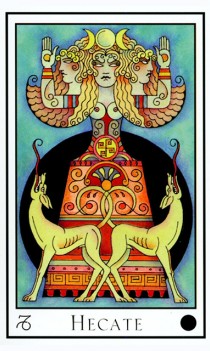
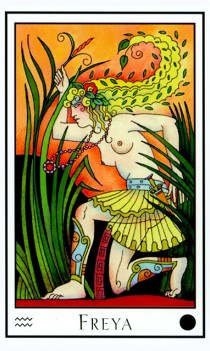
 The 28 lunar Mansions
The 28 lunar Mansions
